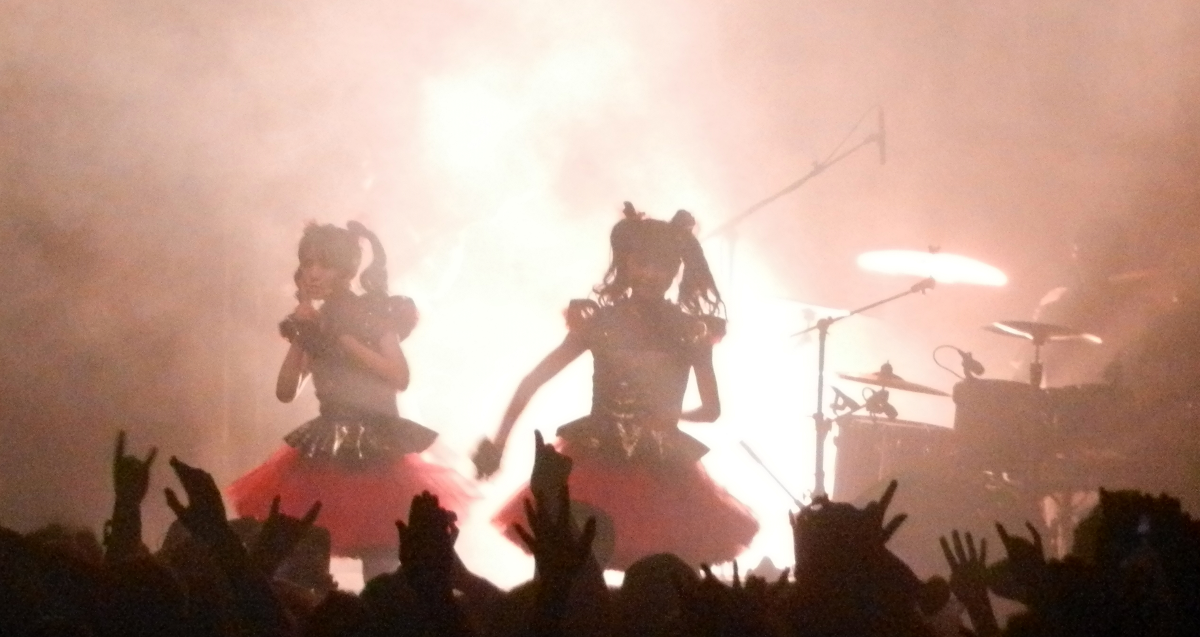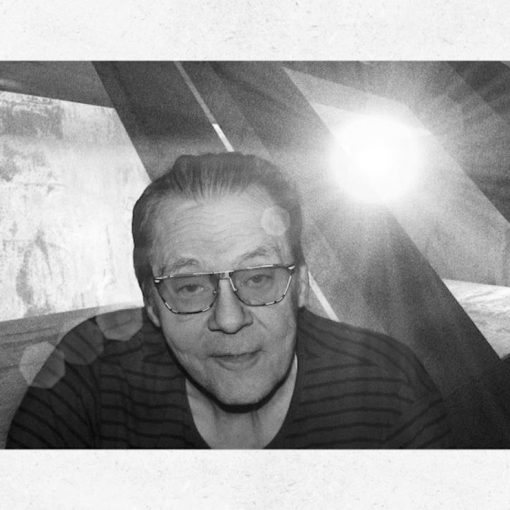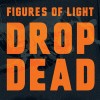 For most bands, tackling that ‘difficult’ second album can be a daunting experience; the expectation, the pressure to top their debut, and the need to break new ground can all conspire to form a perilous trap for the unwary and the uninitiated. Most bands, however, don’t record their second album 41 years after forming.
For most bands, tackling that ‘difficult’ second album can be a daunting experience; the expectation, the pressure to top their debut, and the need to break new ground can all conspire to form a perilous trap for the unwary and the uninitiated. Most bands, however, don’t record their second album 41 years after forming.
Having forged a strong working relationship with Brooklyn’s respected Norton Records, run by Billy Miller and Miriam Linna (one time Cramps stickswoman), the label backed the rejuvenated Figures of Light to record a new album, and has now issued the results as Drop Dead. Right from the offset, every groove on the album takes its cue from that title – “a message to our fans, a message of hope and inspiration” – a growling Garage rumble that drives past in a beaten-up black Dodge Charger and flips you the bird as it does so.
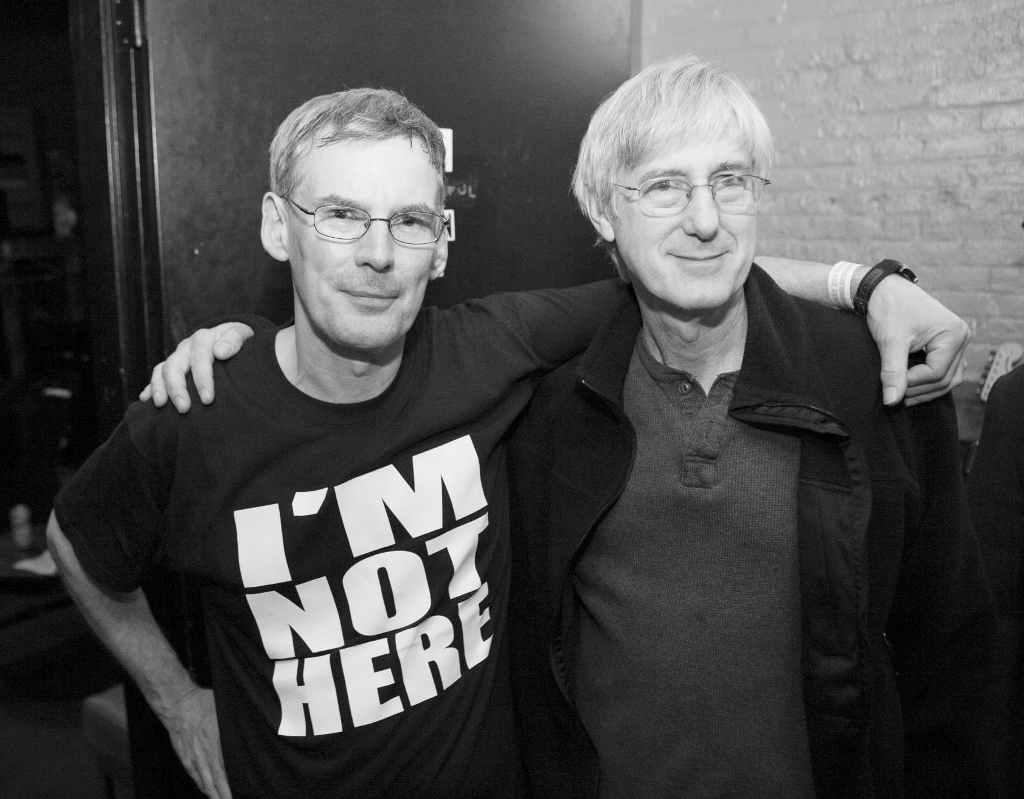 With original members Wheeler Winston Dixon and Michael Downey augmented by some stellar support – Linna herself on drums, Detroit legend Mick Collins of The Gories and The Dirtbombs on guitar and Marcus ‘The Carcass’ Natale of The A-Bones on bass – Figures of Light serve up 15 tracks of pure bare bones Rock & Roll goodness. Mick Collins, doubling up with a stint in the producer’s chair, achieves the kind of raw, reverb-saturated sound that Linna’s old confidantes Lux and Ivy so luxuriated in, and it’s a sound that suits the Figures well, bringing out the band’s Garage roots and thrusting their no-compromise stomping primitivism right into your ear – as Downey says of their songwriting process “A lot of the material was stuff that I sent him [Dixon], and he changed. He’s got a definite idea of what a Figures of Light song should sound like, whereas I’m more of a ‘Well, I’ll write a song’ type of songwriter. I will send something, and he would say ‘It’s gotta be simpler, it’s gotta be shorter, it’s too fancy.’ So I’d work on it some more.” Dixon himself agrees that this is one of the Figures’ prime mission directives, “My role is to strip things down and make them simple. Remember the old motto, ‘Three chords are good, but two are better’? Well that’s the truth. The simpler you get, the better it is. Virtuosity sometimes gets in the way.”
With original members Wheeler Winston Dixon and Michael Downey augmented by some stellar support – Linna herself on drums, Detroit legend Mick Collins of The Gories and The Dirtbombs on guitar and Marcus ‘The Carcass’ Natale of The A-Bones on bass – Figures of Light serve up 15 tracks of pure bare bones Rock & Roll goodness. Mick Collins, doubling up with a stint in the producer’s chair, achieves the kind of raw, reverb-saturated sound that Linna’s old confidantes Lux and Ivy so luxuriated in, and it’s a sound that suits the Figures well, bringing out the band’s Garage roots and thrusting their no-compromise stomping primitivism right into your ear – as Downey says of their songwriting process “A lot of the material was stuff that I sent him [Dixon], and he changed. He’s got a definite idea of what a Figures of Light song should sound like, whereas I’m more of a ‘Well, I’ll write a song’ type of songwriter. I will send something, and he would say ‘It’s gotta be simpler, it’s gotta be shorter, it’s too fancy.’ So I’d work on it some more.” Dixon himself agrees that this is one of the Figures’ prime mission directives, “My role is to strip things down and make them simple. Remember the old motto, ‘Three chords are good, but two are better’? Well that’s the truth. The simpler you get, the better it is. Virtuosity sometimes gets in the way.”
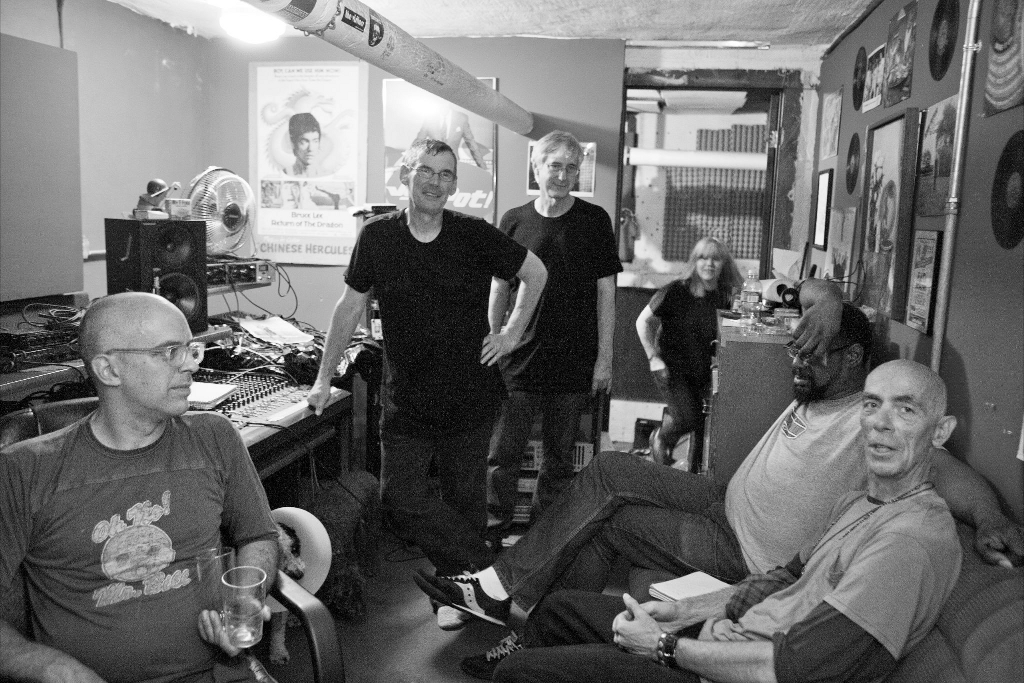 As if to underline this message with a punch in the solar plexus, Drop Dead was recorded over the course of a crazed and intense 48 hours at Mitro Valsamis’ studio in Brooklyn, onto one inch analogue tape, in a burst of insane creativity that perfectly encapsulates what made Figures of Light great at the turn of 1970s, and what keeps them great in the second decade of the 21st century. “We just ploughed through the material at a ridiculous rate… we did 27 takes of 20 songs in the space of five hours. Everybody was like ‘Go, go, go!’ they were so primed. The band is playing as one, and we’re all in this enclosed space, and the acoustics were very much like Impact Sound, where the Stones first recorded, it basically had egg crates on the walls. It was just intense.”
As if to underline this message with a punch in the solar plexus, Drop Dead was recorded over the course of a crazed and intense 48 hours at Mitro Valsamis’ studio in Brooklyn, onto one inch analogue tape, in a burst of insane creativity that perfectly encapsulates what made Figures of Light great at the turn of 1970s, and what keeps them great in the second decade of the 21st century. “We just ploughed through the material at a ridiculous rate… we did 27 takes of 20 songs in the space of five hours. Everybody was like ‘Go, go, go!’ they were so primed. The band is playing as one, and we’re all in this enclosed space, and the acoustics were very much like Impact Sound, where the Stones first recorded, it basically had egg crates on the walls. It was just intense.”
The story of Figures of Light is the triumph of artistic intent over the tribulations of both life and the music industry. Andre Gide’s maxim – Art is born of constraint and dies of freedom – has always been a guiding inspiration to the band, and Drop Dead is a Gloria in excelsis example of this, and of a time when everything came together in perfect harmony, and allowed them the creative tools that were denied them in the 1970s, in order to perfectly capture their cri de coeur. Dixon speaks of the experience with rapture, “This was a session that was kissed by God. If we get to do another one, then fine, but I fail to see how the stars could align any better. This is the album that we’ve been wanting to do our entire lives.”
Drop Dead, a message of hope and inspiration indeed.
–David Solomons–
Pictures: Jackie Roman

